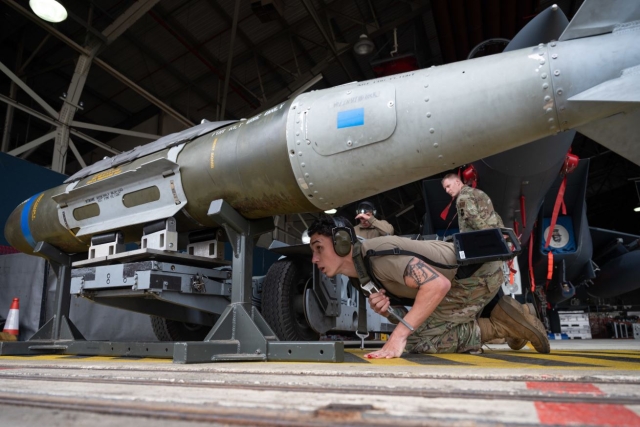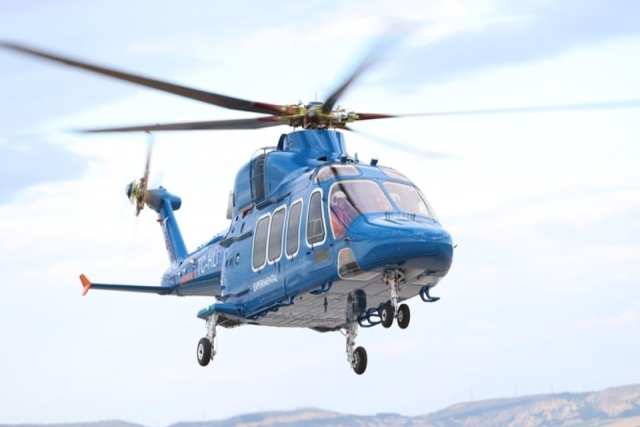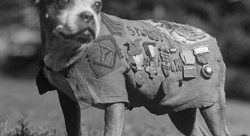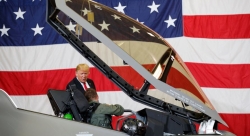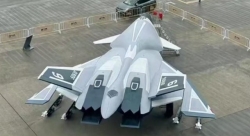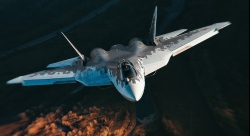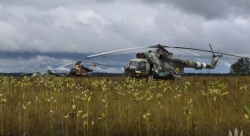ACC Team Effort Vital to Nuclear Evaluation Mission
EGLIN AIR FORCE BASE, Fla. --- A three-month process, planned a year in advance, involving hundreds of man-hours of detailed coordination with people at more than four Air Force bases funnels down to one aircraft, one missile, one sortie and the push of a button.>> The aircraft is a B-52 Stratofortress flown by an aircrew from the 23rd Bomb Squadron at Minot Air Force Base, N.D. The missile is a modified 3,600 lb. air-launched cruise missile. The sortie is a simulated nuclear missile launch over the Utah Test and Training Range.>> The entire process, the Nuclear Weapon Systems Evaluation Program, or NucWSEP, also is known as Combat Sledgehammer and is executed by members of the 53rd Wing's 49th Test and Evaluation Squadron here.>> Personnel in the 49th TES, who have managed the program for more than 25 years, perform at least six advanced multi-layered live-fire scenarios per year. The goal is to evaluate every aspect of a nuclear missile launch, from the munitions maintainers to the weapons loaders to the aircrew down to those who fuse and launch the weapon itself.>> "These evaluations are the key to ensuring the reliability of our strategic strike capability," said Larry Hannon, Combat Sledgehammer program director.>> The process begins with a yearly order from Air Combat Command officials to conduct the evaluation. Coordination and scheduling are immediately initiated with officials in the 49th TES, located at Barksdale Air Force Base, La.>> Coordination and scheduling includes Mission Control Center support from the Utah Test and Training Range for missile release and impact; fighter chase aircraft from the 422rd Test and Evaluation Squadron at Nellis AFB, Nev., to act as safety observers to ensure civil aircraft avoidance outside restricted airspace; tanker aircraft support for refueling; and helicopter support for missile recovery and cleanup operations.


